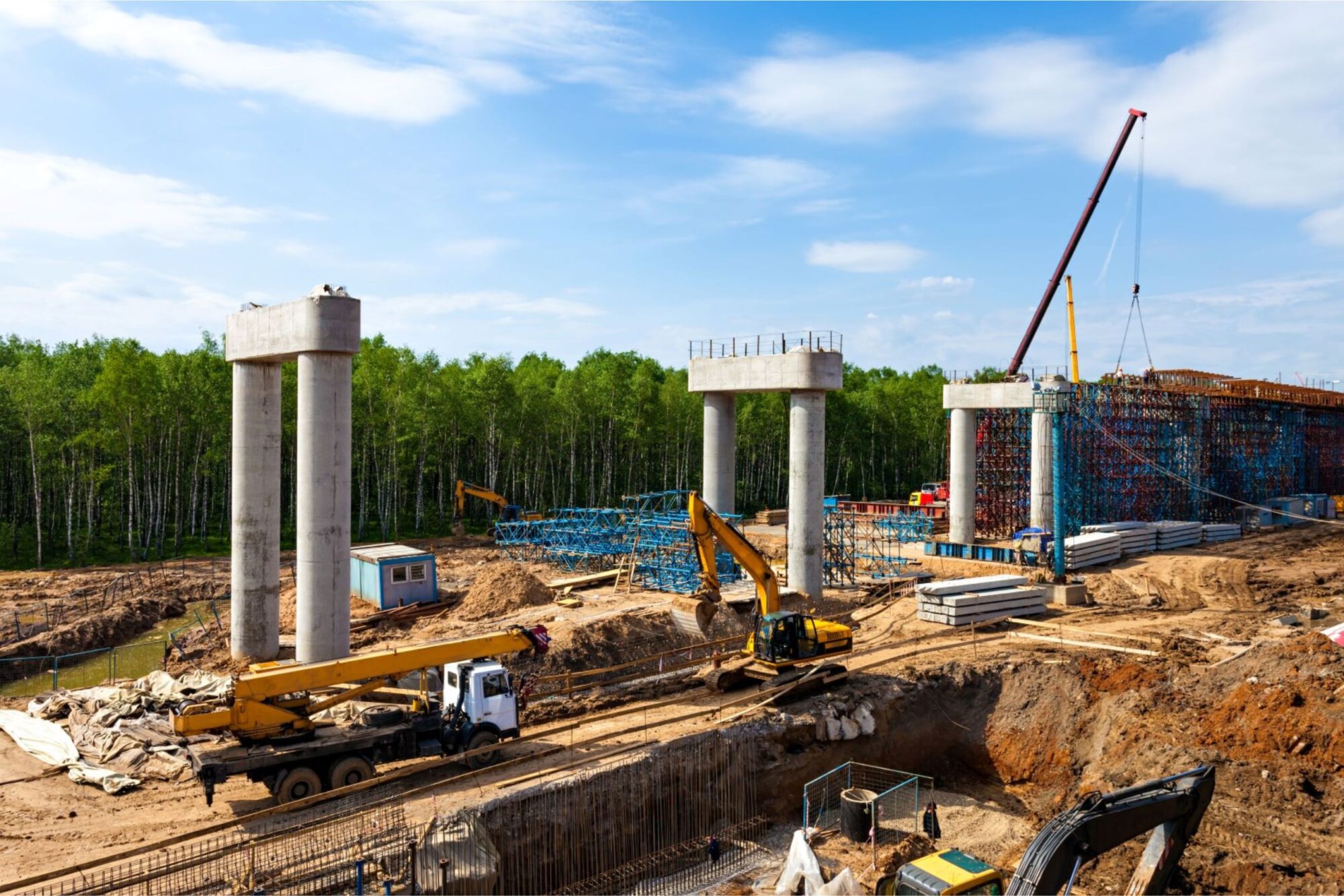As India’s infrastructure industry evolves, so does the need for more reliable, durable, and high-performance materials. This is where Glass Fiber Reinforced Polymer (GFRP) rebars step to the forefront. This is especially an asset for bridge construction, thanks to their ability to overcome long-standing challenges that usually come with traditional steel reinforcement. Here’s more on why GFRP is ideal for bridges in India.
Why GFRP Is Ideal for Bridges in India
1. Supreme Corrosion Resistance
India’s coastal belts, humid zones, and chemically exposed environments deteriorate the quality and ability of steel rebars. GFRP bars are inherently corrosion-proof even under extreme conditions, which dramatically extends the lifespan of bridges while cutting down maintenance costs.
2. Lightweight, Yet Strong
GFRP rebars weigh about one-fourth to one-ninth of steel, yet offer tensile strengths that match or exceed that of traditional steel reinforcement. This high strength-to-weight ratio simplifies logistics, reduces labour efforts, and speeds up installation on-site.
3. Non-Conductive
These bars not only resist the conductivity of electricity or heat but also are non-magnetic, making them safer near power lines or sensitive electronic equipment. Their thermal insulation reduces heat transfer through concrete, helping maintain structural integrity across thermal cycles.
4. Lower Lifecycle Costs
GFRP not only costs less but also incurs significantly lower maintenance and inspection expenses across a structure’s lifetime.
5. Faster, Safer Construction
The reduced weight and flexible handling of GFRP rebars help speed up construction schedules, paving the way for quicker deployment and minimal disruption to communities.
6. Lower Carbon Footprint
Production of GFRP requires less energy than steel, and reduced transportation and maintenance further reduce a project’s environmental footprint.
GFRP rebars pave the way for a transformative upgrade in structural materials for India’s bridge-building future. They offer unmatched corrosion resistance, ease of handling, long-term economic benefits, and environmental advantages, along with a long-term payoff, especially for bridges in corrosive or climate-sensitive zones. As Indian bridge infrastructure projects grow in scale and ambition, incorporating GFRP reinforcement can deliver structures that are safer, greener, and more durable for decades to come.
Also Read –

